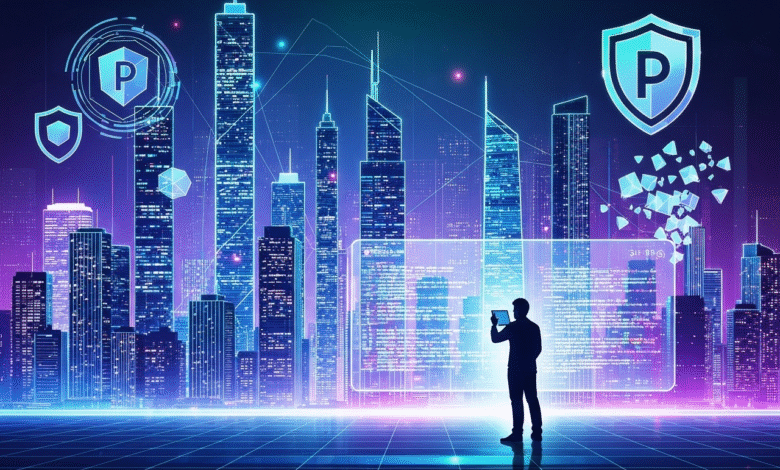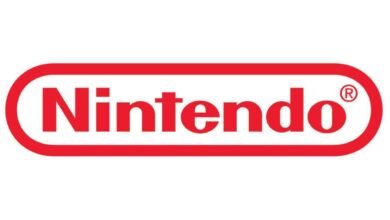Stop IT Plagiarism: A Guide to Protecting Your Code

▼ Summary
– Plagiarism in programming occurs when code, algorithms, or software solutions are copied without proper attribution, including direct copying or unauthorized use from repositories.
– AI tools have introduced new plagiarism risks by generating code that users may employ without understanding, blurring the line between assistance and intellectual theft.
– To prevent plagiarism, developers should write code from scratch, cite sources, use version control, check licenses, and apply plagiarism detection tools.
– Specific tools like MOSS, JPlag, Codequiry, and Dolos help detect code similarity and AI-generated content by analyzing structure and comparing tokens or parse trees.
– Plagiarism is not limited to academia and can affect any field, including programming, where it may lead to legal issues, reputational damage, or bypassed learning objectives.
Safeguarding your software from plagiarism is a critical concern for developers and organizations aiming to protect their intellectual property and maintain professional integrity. The issue of code plagiarism extends far beyond academic dishonesty, posing significant legal, ethical, and reputational risks in commercial environments. Unauthorized copying of source code, algorithms, or software architecture can lead to copyright infringement claims, security vulnerabilities, and a loss of trust among clients and peers. Understanding how to prevent and detect these issues is fundamental for anyone involved in software creation.
Many assume plagiarism is confined to written essays, but it is equally prevalent in technology. Programmers might inadvertently or deliberately reuse code from open-source projects, online repositories, or AI code generators without proper attribution or adherence to licensing terms. This can happen through direct copying of snippets, slightly modifying existing logic, or utilizing AI-generated code without sufficient original input. Modern detection tools have made identifying duplicated code more straightforward, but prevention remains the best strategy.
The emergence of AI-assisted programming introduces new complexities. While these tools can boost productivity, they can also blur the lines of authorship. Relying heavily on AI to generate code without comprehension or customization can constitute a form of intellectual theft, especially if the output is protected by licensing. In educational settings, this undermines learning objectives, and in business, it can trigger legal disputes. Detecting AI-originated code is challenging because the syntax might be unique, but the conceptual origin is not the programmer’s.
To ensure your codebase remains original and compliant, consider these seven protective measures.
First, prioritize writing code from the ground up. This deepens your understanding and guarantees originality. You can use AI tools as assistants for inspiration or troubleshooting, but they should not replace your core development work.
Second, always provide proper citations. If you incorporate code from a tutorial, Stack Overflow, or another developer, document this clearly within your comments to acknowledge the original source.
Third, implement version control systems like Git. These platforms meticulously track changes, establish a clear history of authorship, and provide transparency throughout your development lifecycle.
Fourth, rigorously check software licenses. Before integrating any external code, verify that its license (e.g., MIT, GPL) permits your intended use and that you comply with all its conditions.
Fifth, regularly utilize plagiarism detection tools. Specialized software can scan your code against vast databases of public and private repositories to identify similarities you might have missed.
Sixth, exercise caution with AI-generated code. Treat suggestions as a starting point. Always refactor, integrate, and customize the output so it aligns seamlessly with your unique application logic and style.
Seventh, maintain thorough documentation. Writing clear comments and logs that explain your reasoning and problem-solving approach provides tangible evidence that the solution is your own creation from start to finish.
Running regular checks with both traditional and AI-focused plagiarism detectors is a vital part of this process. Several reliable tools are favored by the developer community for this purpose.
MOSS (Measure Of Software Similarity), a system from Stanford University, analyzes code structure to find similarities. It works by tokenizing code and comparing these tokens, effectively detecting overlaps even when variable names and comments have been altered.
JPlag is another powerful option that compares program structure by creating an abstraction layer from parse trees. It is frequently used in academic settings to identify similar submissions among students and supports numerous languages including Java, C, C++, and Python.
Codequiry is a dedicated code plagiarism checker that scans for code similarity, misuse of AI-generated content, and copying from online sources. It performs comprehensive searches across the visible web, hidden repositories, and public code databases.
Dolos is a tool often deployed in programming courses to help educators identify plagiarized student assignments. It also provides interactive visualizations to help students understand the importance of producing original work.
The threat of plagiarism in programming is a pervasive challenge that demands proactive management. By adopting a disciplined approach to code creation, diligently citing sources, and leveraging specialized detection software, you can confidently protect your work. These practices are essential for building trustworthy software and preserving a sterling professional reputation in the tech industry.
(Source: ITWire Australia)



